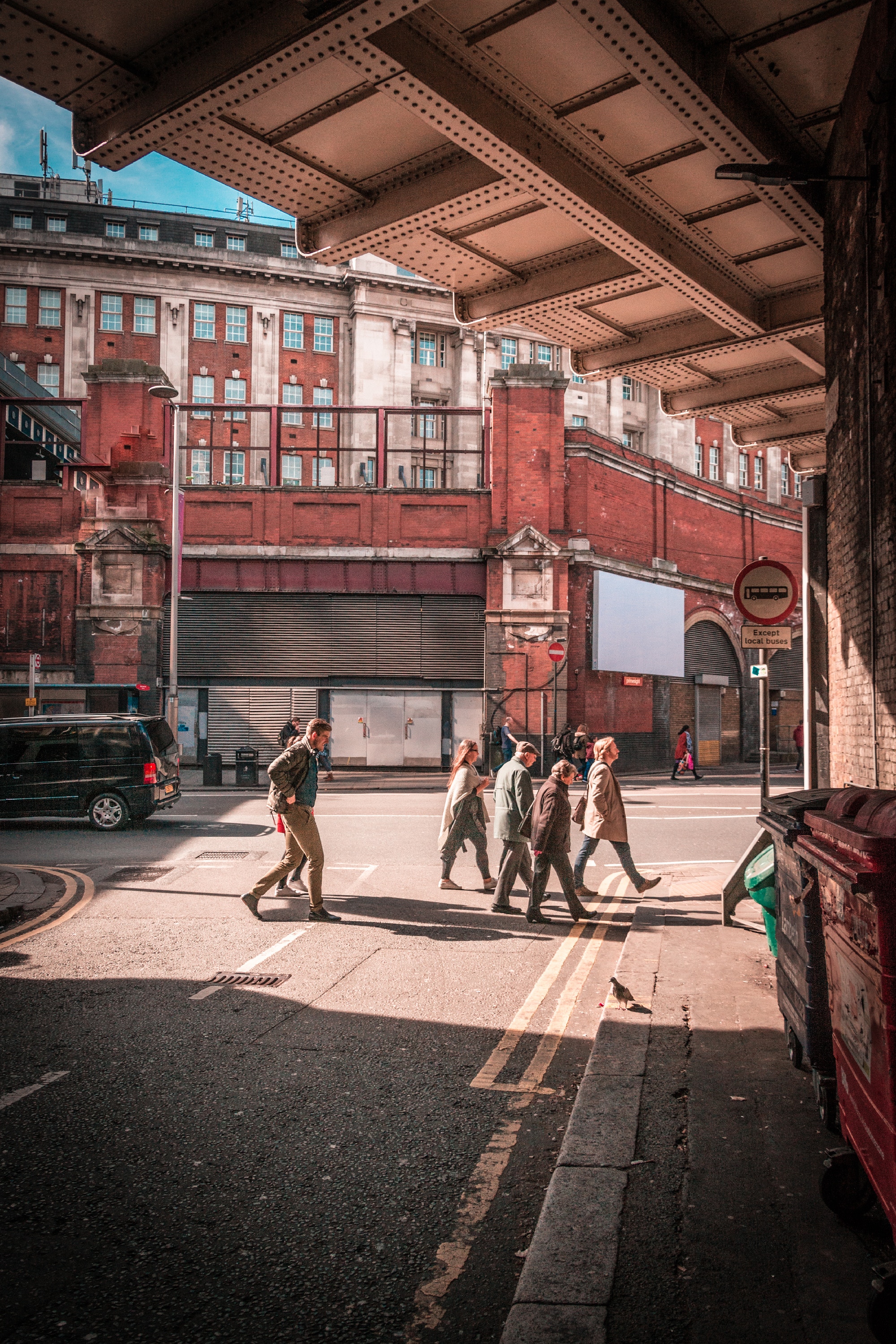
Labor Day seems to be the most misunderstood of our national holidays, and thus never seems to get the respect it deserves.
Labor Day was always just a long weekend marking the unofficial end of summer, a day I celebrated with family and friends in our backyards, drinking sangria and complaining about how fast summer had flown by. But a closer look at the origins of Labor Day, and the people who have fought for the rights of our country’s most valuable asset – our workforce – reveals that Labor Day deserves much more respect than it receives.
Our country does not have a glamorous history as it relates to business owners’ treatment of their workers. In the late 1800s, following the Industrial Revolution (wherein manufacturing replaced agriculture as the primary source of American employment), the average American worked twelve-hour days and seven-day weeks just to earn a basic living. In many states, children as young as five or six worked in mills, factories, and mines across the country, earning a fraction of their adult counterparts’ wages. People of all ages, particularly the very poor and recent immigrants, often faced extremely unsafe working conditions, with insufficient access to fresh air, sanitary facilities, and breaks.
These inequalities caused tremendous unrest within the workforce and gave rise to the formation of labor unions, which organized strikes and rallies to protest these horrific conditions and compel employers to pay a fair wage. Unfortunately, there are many accounts of employers paying off police officers to disband the strikes and rallies (by force if necessary) and arrest the union leaders.
These tensions reached a boiling point in May 1894 when employees of the Pullman Car Company went on strike to protest wage cuts and the firing of union representatives. In response, the American Railway Union called for a strike of all Pullman railway cars, resulting in over 125,000 workers walking off the job. This effectively shut down the railway system nationwide, causing severe economic hardship throughout the country. The U.S. government obtained an injunction to force the workers back to work, but they refused, so President Cleveland ordered thousands of U.S. Marshals and 12,000 Army troops into Chicago to enforce the court’s order. The chaos resulted in the death of up to 30 strikers and injury to many more, as well as over $80 million in property damage. By August, Pullman had reopened and rehired the striking workers, subject to their signed pledge that they wouldn’t join a union.
Following the Pullman strike, to help calm the massive unrest around the country, the President and Congress formalized the idea of a “workingmen's holiday” – which was already in place in many states – to honor the fact that this country was built on the backs of working men and women. An act was passed designating the first Monday in September a federal holiday known as “Labor Day.”